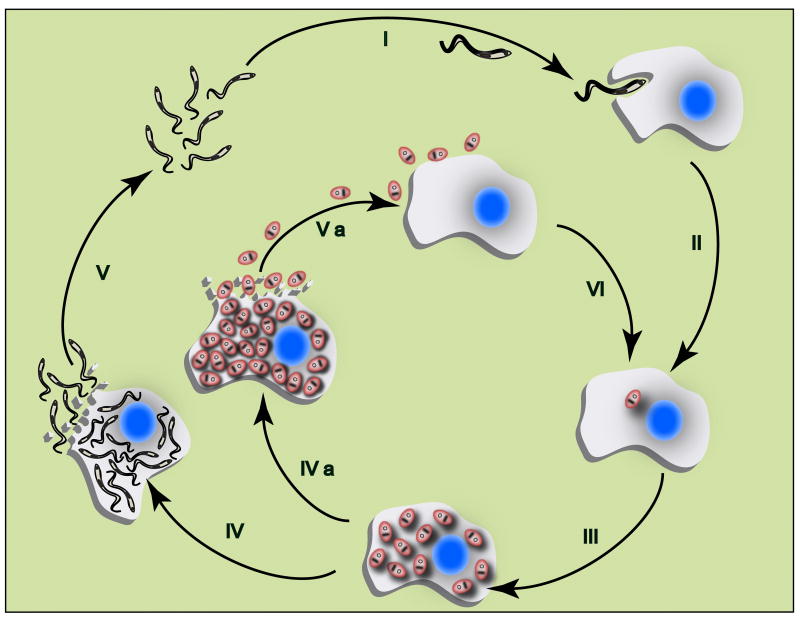Figure 1. Trypanosoma cruzi replication in the mammalian host.
Flagellated infective forms of the parasite (trypomastigotes) invade mammalian host cells (I) and differentiate into round intracellular parasites (amastigotes) (II), which replicate by binary fission in the cytoplasm (III). Amastigotes can then follow two distinct paths: 1) Parasites differentiate into trypomastigotes, which disrupt the host cell (IV) and invade neighboring cells or enter the bloodstream, disseminating the infection (V); 2) Heavily infected cells may be disrupted prematurely (particularly once immunity is established) releasing amastigotes that can re-invade cells by phagocytosis, thus contributing to parasite persistence (IVa, Va and VI).

